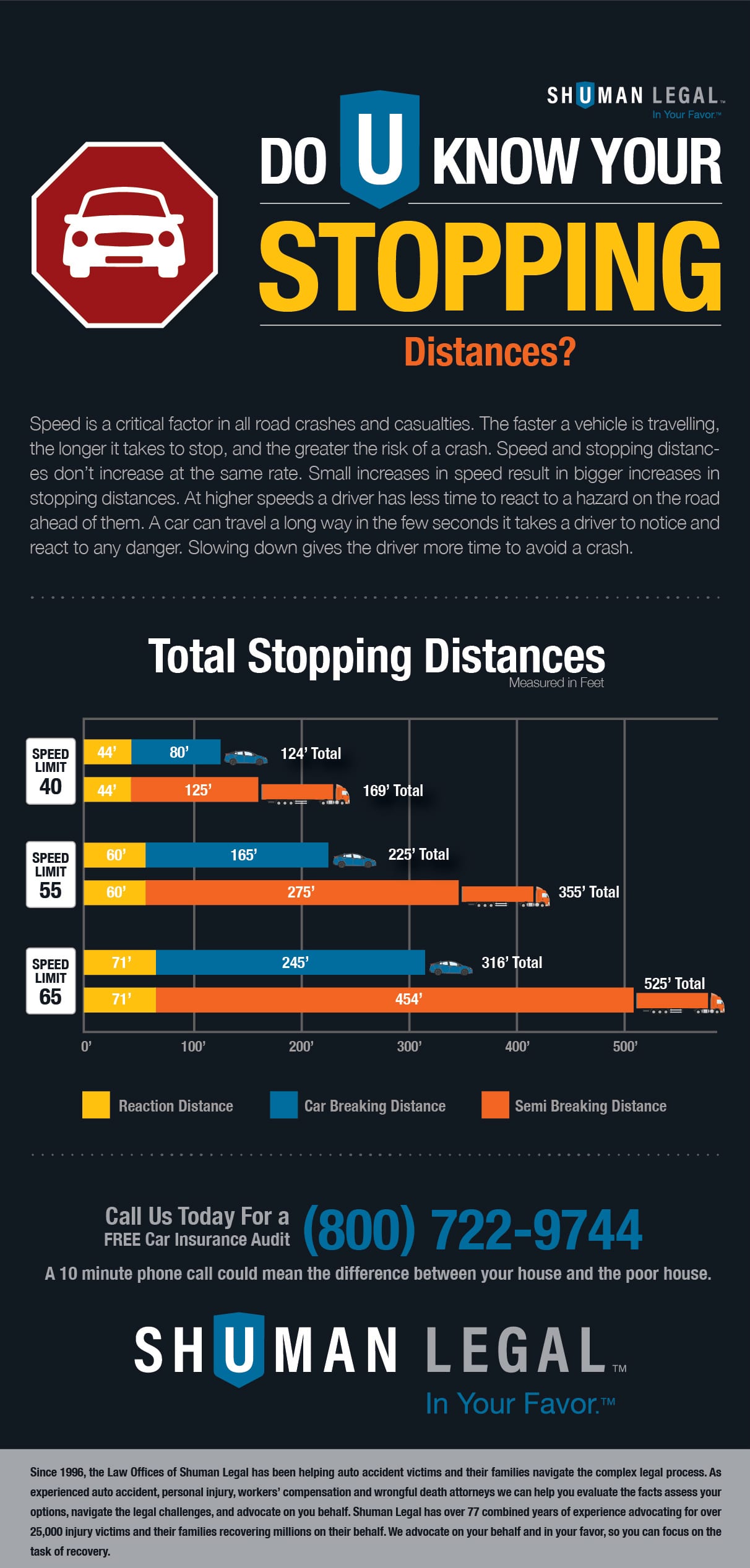What is bobtailing and can it be dangerous?
Bobtailing is when a semi-truck is driving on the road without a trailer. This is something that happens whenever drivers are on the way to pick up a load and they don’t have anything that they can transport to that location with them.
Is bobtailing dangerous? It can be. And, because it creates driving conditions that are very different from what a loaded semi-truck experiences, it can cause drivers to make errors that lead to accidents. Since semi-trucks are larger and heavier than passenger cars, anytime they’re involved in an accident, the potential for serious injuries or worse is very high.
Your search for help ends here. Let’s get started, for FREE.
Fortunately, bobtailing is the exception and not the rule for truck drivers. Since driving a semi-truck without a load is a waste of time and money, it only happens when absolutely necessary.
The other good news is that drivers have training on how to drive when bobtailing. Plus, they learn how to expect their truck to handle differently when not loaded. Does this stop all accidents? No, but it does make an impact and any impact that reduces semi-truck accidents is a good thing.
What is Bobtailing and How Does it Change The Way a Semi-Truck Handles?
When a semi-truck doesn’t have a trailer, most of its weight is on its front wheels. Trucks are designed specifically in this manner. Primarily, so that when they have a heavy trailer on, the weight is counterbalanced.
The problem is that when a truck has no trailer, there’s a lot of weight on the front tires without much on the rear tires. That makes handling the truck a challenge. Plus, it handles very differently from how it would if it were loaded with a trailer.
The main issue with bobtailing is that a truck cannot brake as hard since the rear wheels will not have as much traction. That means a bobtailing truck will require more distance to come to a stop which increases the chance of an accident if a driver isn’t careful.
Emergency Maneuvers in a Bobtailing Truck are More Difficult to Perform
When a truck is bobtailing, hard braking and swerving should be avoided. This is because doing either of these things can cause a truck to swerve and lose control. The problem is that swerving and hard braking are exactly what truck drivers have to perform if they are in an emergency situation.
For example, if a truck is cut off in traffic by a car and that car hits its brakes, the truck driver has to hit his brakes hard as well. But, if that truck is bobtailing, the very act of hard braking could result in an accident.
Being Aware of The Dangers of Bobtailing Can Help Prevent Accidents
Truck drivers already understand the dangers involved in bobtailing. If more car drivers were aware of the dangers, they could drive more defensively around trucks that are bobtailing. This would make the roads safer for everyone.
How Driver Fatigue Can Lead to a Semi Truck Accident

With more than 2 million semi-trucks transporting goods throughout the U.S. every year, there are going to be many accidents. The results of any of those semi-truck accidents can be truly devastating for everyone involved. There are a lot of different causes of these accidents, but one of the leading causes is Driver Fatigue. Let’s take a look at how driver fatigue plays a crucial role in semi-truck accidents.
Hurt in a Chicago Truck Accident?
The Difference Drowsiness Makes
Driver performance is significantly affected by lack of sleep. The more drowsy the driver is, the worse their reaction times are and their hazard awareness is also diminished. It’s also more difficult to keep your attention on the road when tired.
The effect lack of sleep produces has been compared to driving while over the federal blood alcohol content limit. Therefore, if you’re driving when you haven’t slept for 20 hours or more, it’s the equivalent of a 0.08 percent blood alcohol concentration. This is the federal legal limit and shows how dangerous drowsiness can be on driver performance.
Working Hours
Truck drivers are restricted in the hours they are allowed to work. The Federal Motor Carrier Safety Administration (FMCSA), which is part of the Department of Transportation, oversees the hours of service regulations. This limits truck drivers to 70 hours over 8 consecutive working days.
Drivers can also not operate their trucks for more than 11 consecutive hours. Despite these rules, the pressure drivers often face can leave them suffering fatigue.
Crash Study
The FMCSA was behind a 2007 study into accidents involving large trucks. The nearly 3-year study looked into the estimated 12,000 fatal accidents involving trucks. They categorized the cause of accidents into four main reasons:
- Non-performance – impaired through falling asleep, health issues, or other reasons.
- Recognition – lack of attention from the driver.
- Decision – misjudging the situation.
- Performance – poor control of the vehicle.
Drowsiness could play a part in all four of these categories. The study concluded that the two major factors that contribute to these accidents are fatigue and the demands on the driver, which require them to hit deadlines. These problems, when added to other issues like weather conditions or experience, significantly added to the likelihood of a crash occurring.
Fatigue was directly responsible for 13 percent of accidents. It could have contributed to many more accident types, however. Like traveling too fast, inattention, distractions, and inadequate surveillance.
While it’s possible to check blood alcohol content, there isn’t a test for driver fatigue. This means that the problem is likely to be significantly larger than people understand.
Are You Too Tired?
It’s important to realize when you’re suffering from fatigue before you find yourself in a situation where you need a good lawyer. If you’re struggling to keep your eyes open or frequently yawning, these are obvious signs which shouldn’t be ignored.
There are more subtle signs that lack of sleep is affecting your performance, like not being able to remember the last few miles. If you miss turnings or have problems maintaining your speed, it’s better to get your semi-truck off the road.
Don’t let the demands of the job cause something to happen that you will regret forever.
Can Truck Driver Fatigue Laws Prevent Accidents?

Truck driver fatigue laws were enacted to help prevent one of the major causes of truck accidents, tired drivers. Anybody who has ever gone on a long drive can probably tell you that it’s very easy to get tired on the road. After driving, mile after mile, highway hypnosis can set it in.
When this happens, your brain doesn’t work as well as it does normally. In fact, your brain functions in a manner closely resembling someone who is asleep. [1] Delayed reaction times and a feeling like you are in a haze, are a recipe for disaster when you’re on the road.
However, when you happen to be behind the wheel of a semi-truck carrying a huge load, the danger is only magnified further.
What Are Truck Driver Fatigue Laws?
- The 11-hour driving limit. A commercial truck driver may drive a maximum of 11 hours in a shift after 10 consecutive hours of off-duty time.
- The 14-hour driving limit. A driver cannot drive past the 14th hour after starting their shift, following 10 consecutive hours of off-duty time. Additional off-duty time does not extend the 14-hour limit.
- Rest break rules. A driver may drive only if 8 hours or less have passed since the end of their last sleeper berth of 30 minutes or more, or off-duty time. This rule doesn’t apply to drivers using short-haul exceptions.
- The 60/70 Hour Limit. A driver may not drive after 60/70 hours on duty over the course of 7/8 consecutive days. A driver can restart this period by taking a minimum of 34 hours of consecutive off-duty time. [2]
How Do These Laws Prevent Accidents?
Is it possible to prevent all accidents? No, but any reduction you can make means lives and property saved. Did you know that 13% of commercial truck drivers involved in an accident were found to be fatigued when the accident occurred? [3]
Truck driver fatigue laws recognize the huge role that fatigue often plays in accidents. These laws force drivers to get enough rest to safely operate their trucks. When someone drives a semi-truck for a living, they are under pressure to make deadlines.
Each mile on the road means more money on their paycheck, so obviously, drivers will want to push their limits. They are going to convince themselves that they are fine. Therefore, they keep driving when in reality fatigue is becoming an issue.
Since there are substantial penalties for failing to comply with driver fatigue laws, both businesses and drivers are incentivized to not break the rules. When pushing yourself beyond your limits is no longer possible, it takes the risk of drivers trying to do too much out of the equation.
Violating driver fatigue laws penalizes drivers so the financial incentive for driving when they are very fatigued goes away. Without that incentive, and with fear of the penalties, drivers usually obey all fatigue laws which makes the roads safer for everyone.
Can Semi Truck Brake Problems Cause Accidents?

Can brake problems in a semi-truck contribute to or cause an accident? Absolutely. The brakes on vehicles are there to allow drivers to control their speed and stop. If something goes wrong with the brake system of any car, the chances of an accident happening go up dramatically.
This is a big part of why companies that operate semi-trucks invest so much time and money into properly maintaining them. Not only do they care about the safety of their drivers and of the public, but they also care about the possibility that they could be sued for negligence if they don’t keep up with maintenance on their trucks.
Hurt in a Chicago Truck Accident?
Semi Trucks Require Better Brakes than Passenger Vehicles
One of the reasons that brake problems are such an issue with semi-trucks has to do with their size. A passenger vehicle will, on average, take about 316 feet to come to a complete stop once the driver recognizes the need to do so and applies the brakes. A semi-truck will take an average of 525 feet under the same circumstances [4].
What causes semi-trucks to require a longer stopping distance? It’s a matter of physics. Semi-trucks are many times the mass of passenger vehicles. When you have that much mass traveling at a high rate of speed, it’s going to take a long time to slow down.
Semi-trucks utilize more powerful brakes than passenger cars. And, if they receive proper maintenance, that should help a semi-truck to come to a stop fairly quickly. But, if they fail? That’s another story entirely.
Semi Trucks take LONGER to Brake than Passenger Vehicles

Semi Trucks with Brake Problems are a Major Danger on the Road
Many people aren’t aware of the fact that modern semi-trucks are equipped with onboard computers that record data about their operation. This is all part of the trucking industry’s regulations that are in place to help keep us safe.
These computers record data that can be analyzed following an accident to determine the cause of the accident. This data can be incredibly useful to anyone who was hit by a semi-truck since it can help to determine what caused the accident and who was at fault.
What Should You Do if You Were Hit by a Semi Truck
Never talk to the insurance company for the trucking company. Their job is to try to mitigate the cost by offering you as low a settlement as possible. They will try to deceive you and you may not even realize that you are being taken advantage of. So, if you are the victim of an accident with a semi-truck, do the smart thing and call a lawyer.
Average semi-truck Settlement
Semi-trucks are heavy vehicles that cause major damage when they get in an accident. The insurance company of the trucking company is trying to mitigate the cost of the damage because they know if you settle before speaking with an attorney, they could be potentially saving millions of dollars. The truth of the matter is that every situation is different and that the average semi-truck settlement ranges from a hundred thousand to millions of dollars.
Semi Truck Accident Settlement Calculator
In order to fully understand your unique situation, you need to speak with a lawyer who has experience litigating semi-truck accidents. Knowing exactly what your losses are will help give you an idea of the compensation you can be awarded. Here at Shuman Legal®, we have a terrific tool you can use to get an estimate of your potential settlement. As Chicago truck accident lawyers, we’ve created this semi-truck accident settlement calculator to see how much you financially deserve.
Sources:
[1] https://abcnews.go.com/Health/highway-hypnosis/story?id=21098081
[2] https://cms8.fmcsa.dot.gov/regulations/hours-service/summary-hours-service-regulations
[3] https://cms8.fmcsa.dot.gov/safety/driver-safety/cmv-driving-tips-driver-fatigue
[4] https://www.hg.org/legal-articles/stopping-distances-for-commercial-vehicles-28265
Related Article











